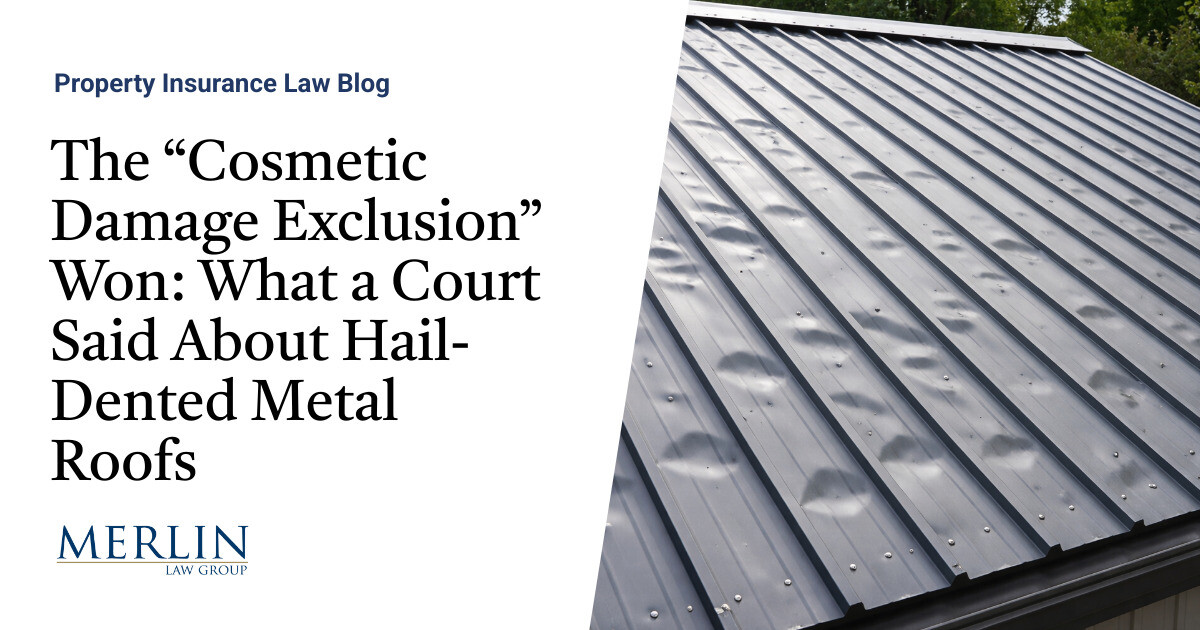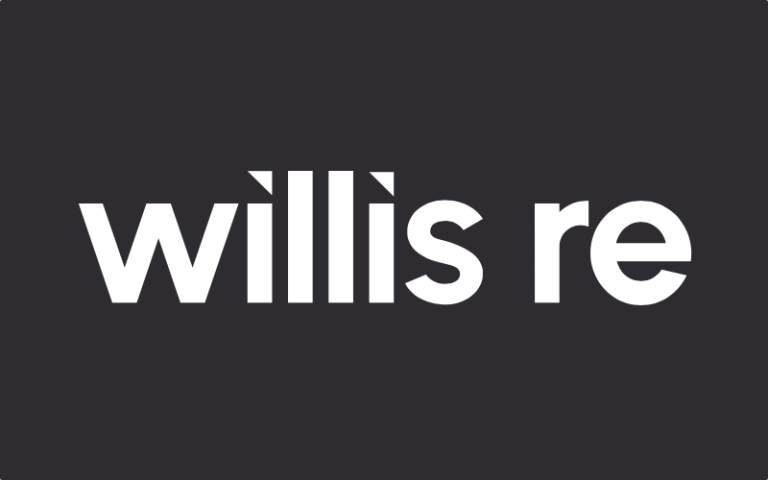The COVID-19 pandemic has minority communities across the United States.A less reported but no less significant part of that story has been the disease’s impact on tribal populations.According to the , the Navajo Nation has one of the highest infection rates in the country – and they’re not alone in their suffering.
“Native people make up only around one-tenth of New Mexico’s population but more than 55 percent of its coronavirus cases,” the center wrote back in June, when it said the Navajo infection rate was “greater than that of the worst-hit state, New York; it is even greater than that of Wuhan at the height of the outbreak in China.” In Wyoming, American Indian/Alaskan Native (AI/AN) people are less than 3 percent of the population but make up more than one-third of the state’s cases, the center said.Inequities exacerbated Limited health services, insufficient infrastructure, and above-average rates of immunocompromising diseases all predate COVID-19 and contribute to the vulnerability of these populations.Many tribes also feel excessive pain from the pandemic-spurred economic downturn as their lifeblood enterprises in gaming and hospitality are shutttered.
in early March led to an estimated loss of more than $4.4 billion in economic activity and $997 million in lost wages, affecting 246 tribes with over 500 gaming facilities in 29 states.Meanwhile, Native American leaders are keeping close watch on the U.S.Supreme Court battle over whether to repeal all or parts of the Affordable Care Act – a move many say could devastate health care for AI/AN communities.
“In the context of what we’re all facing,” , chief executive officer of the National Indian Health Board, “this is not the time to add this extra burden and an additional crisis onto the Indian health system and onto Indian people.” The Affordable Care Act, signed by President Obama in 2010, contains provisions specifically relevant to Native Americans, including permanent reauthorization of the , which provides ongoing funding for Native health programs.It also expanded tribes’ authority to run their own health care programs, including behavioral health and youth suicide prevention programs.“People talk about the Affordable Care Act like it’s all one thing,” said Sarah Somers, an attorney with the , who specializes in litigation to help underserved communities access good health care.
“But if you repeal it, then all of the codified statutes go away.A political force The number of people in the United States identifying as American Indian has climbed in recent years, with California, Arizona and Oklahoma accounting for the largest concentration of the nation’s AI/AN populations, according to a of Census Bureau data.“The U.S.
held 2.8 million people who self-identify solely as Native American in 2018, with another 2.9 million identifying as multiple races, including Native American,” .“The country’s population that identifies as solely Native American expanded 13% between 2000 and 2018, while the number of individuals who identify as at least partially Native American ballooned 77%.” In this year’s elections, Native American voters played an important role in some key battleground states, according to .In Arizona, indigenous people account for nearly 6% of the population — 424,955 people as of 2018 — and eligible voters in the Navajo Nation alone number around 67,000.
Native support for Joe Biden — who has released for tribal nations — may have helped him win that heavily contested state.
Publisher: iii








